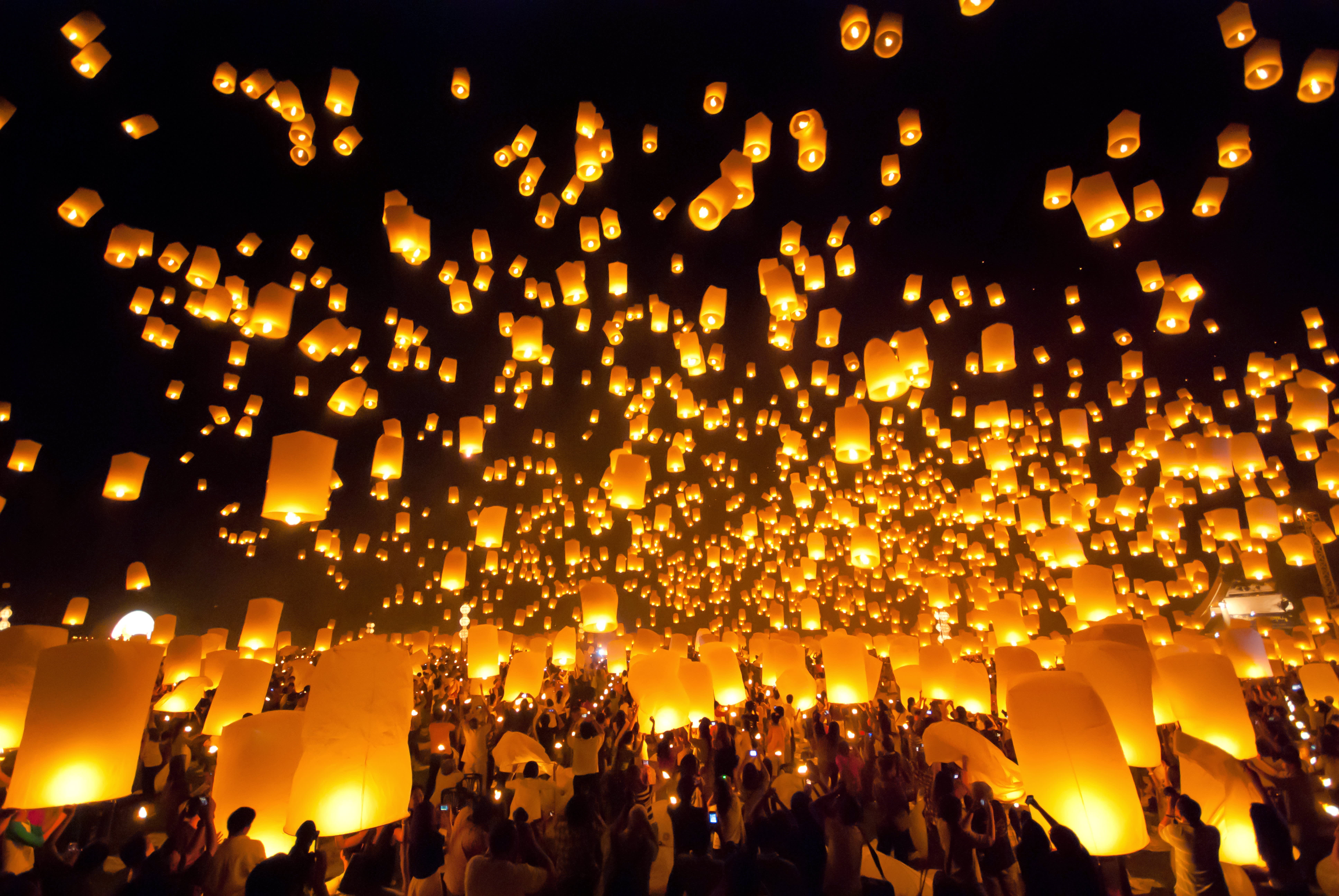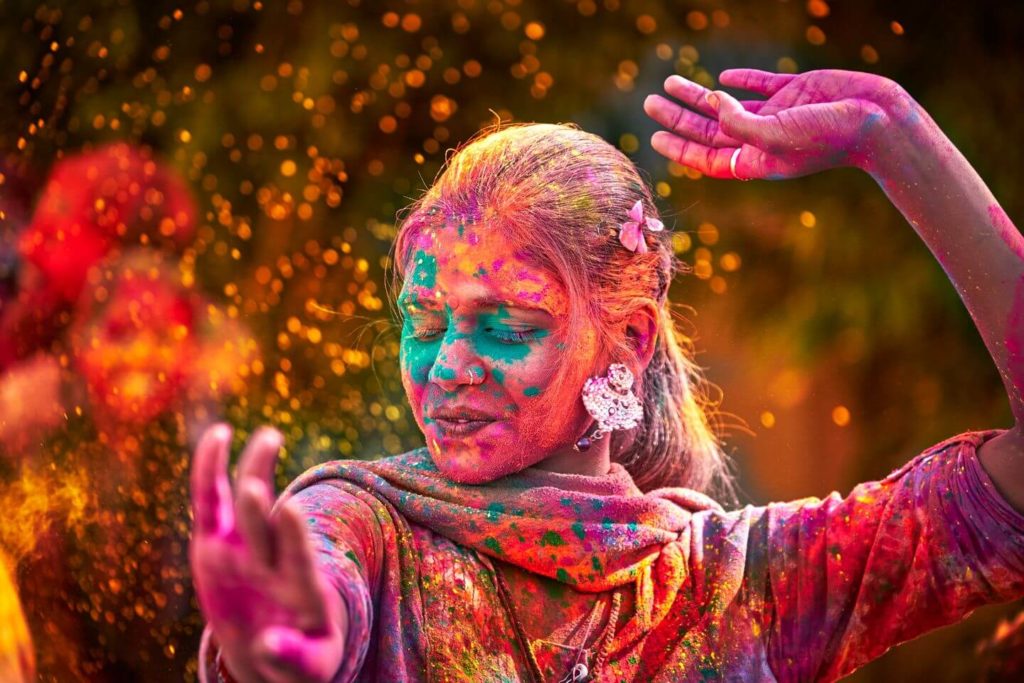Top Asian Festivals: A Journey Through Culture and Tradition
Asia is home to some of the most vibrant and colorful festivals in the world. These festivals not only celebrate the rich cultural heritage of each country but also provide an opportunity for people to come together, share joy, and create unforgettable memories. In this article, we will explore some of the top Asian festivals that should be on every traveler’s bucket list.

1. Diwali – The Festival of Lights (India)
One of the most well-known festivals in Asia is Diwali, the Hindu festival of lights. Celebrated in India and other parts of South Asia, Diwali marks the victory of light over darkness and good over evil. During Diwali, homes and streets are adorned with oil lamps called diyas, fireworks light up the sky, and people celebrate with family, sweets, and prayers.
Key Highlights of Diwali:
-
Date: Typically falls in October or November.
-
Traditions: Lighting diyas, bursting fireworks, visiting temples, and exchanging gifts.
-
Significance: Celebrates the return of Lord Rama to Ayodhya after defeating the demon king Ravana.
Explore more about Indian festivals on our website.
2. Chinese New Year (China and Southeast Asia)
The Chinese New Year, also known as the Spring Festival, is celebrated in many parts of Asia, including China, Taiwan, Hong Kong, and Southeast Asian countries with significant Chinese populations. This festival is marked by grand parades, family reunions, and the famous dragon dances.
Key Highlights of Chinese New Year:
-
Date: Usually falls between January and February, based on the lunar calendar.
-
Traditions: Giving red envelopes (lucky money), wearing red for good luck, and enjoying festive feasts.
-
Significance: Marks the beginning of the lunar new year and is a time for family gatherings and honoring ancestors.

3. Songkran – Thai New Year (Thailand)
The Songkran Festival is Thailand’s traditional New Year celebration, known for its lively water fights and street parties. The festival is a time for people to cleanse their homes, honor their elders, and enjoy water-based fun.
Key Highlights of Songkran:
-
Date: April 13-15.
-
Traditions: Water fights, temple visits, and family reunions.
-
Significance: Symbolizes the cleansing of bad luck and the welcoming of the new year.
4. Holi – Festival of Colors (India)
Holi, the Festival of Colors, is one of the most joyous and exuberant festivals in India. Celebrated by Hindus, it marks the arrival of spring and the triumph of good over evil. People throw colored powders at each other, dance to music, and enjoy festive foods.
Key Highlights of Holi:
-
Date: March (on the full moon day of Phalguna, the last month of the Hindu calendar).
-
Traditions: Throwing colored powder, singing, dancing, and feasting.
-
Significance: Celebrates the victory of Lord Vishnu over the demoness Holika and the arrival of spring.

5. Lunar New Year (Vietnam, Korea, and More)
The Lunar New Year, or Tết Nguyên Đán in Vietnam, is celebrated across several Asian countries. It marks the first day of the lunar calendar and is considered the most important holiday in many cultures.
Key Highlights of Lunar New Year:
-
Date: January or February, depending on the lunar calendar.
-
Traditions: Family gatherings, honoring ancestors, and offering food and incense to bring good fortune.
-
Significance: A fresh start to the year, focusing on family unity and prosperity.
Discover more about Vietnam’s festivals on DUYTHIN.DIGITAL.
6. Bali Arts Festival (Indonesia)
The Bali Arts Festival is a month-long celebration of Balinese culture, showcasing traditional music, dance, art, and crafts. This festival is a wonderful opportunity to experience Bali’s vibrant culture.
Key Highlights of Bali Arts Festival:
-
Date: June to July.
-
Traditions: Traditional dance performances, art exhibitions, and musical shows.
-
Significance: A celebration of Bali’s unique culture and artistic heritage.
7. Lantern Festival (Taiwan)
The Lantern Festival in Taiwan is a spectacular event where thousands of lanterns are released into the sky. This festival, which takes place on the 15th day of the lunar new year, symbolizes hope and prosperity for the coming year.
Key Highlights of Lantern Festival:
-
Date: February or March, depending on the lunar calendar.
-
Traditions: Releasing sky lanterns, dragon dances, and enjoying traditional foods.
-
Significance: Represents the end of the lunar new year celebrations and the hope for good fortune.

8. Vesak – Buddha’s Birthday (Sri Lanka, Thailand, Myanmar)
Vesak, also known as Buddha’s Birthday, is celebrated by Buddhists in many Asian countries. It marks the birth, enlightenment, and death of Buddha. The festival is celebrated with prayers, offerings, and acts of kindness.
Key Highlights of Vesak:
-
Date: May (the full moon day in the month of Vesak).
-
Traditions: Visiting temples, making offerings, and releasing caged birds as a symbol of freedom.
-
Significance: A time to reflect on Buddha’s teachings and practice kindness.
9. Obon – Japanese Festival of Spirits (Japan)
The Obon Festival is a Japanese tradition that honors the spirits of ancestors. During Obon, people return to their hometowns to clean the graves of their ancestors and offer prayers.
Key Highlights of Obon:
-
Date: Mid-August.
-
Traditions: Bon Odori (traditional dancing), offering food and incense to ancestors, and visiting grave sites.
-
Significance: Celebrates the spirits of ancestors and their return to the family home.
10. Harbin International Ice and Snow Sculpture Festival (China)
The Harbin International Ice and Snow Sculpture Festival is an annual event held in Harbin, China. It is famous for its gigantic ice sculptures, which are illuminated at night to create a magical winter wonderland.
Key Highlights of Harbin Ice Festival:
-
Date: January to February.
-
Traditions: Viewing the ice sculptures, enjoying winter activities, and participating in ice swimming.
-
Significance: Showcases the beauty and creativity of ice sculptures.
Conclusion
These top Asian festivals offer a window into the diverse and colorful cultures of Asia. Whether you’re fascinated by spiritual celebrations, love vibrant street festivals, or enjoy historical traditions, there is something for everyone. Attending these festivals will not only deepen your understanding of the rich cultural tapestry of Asia but will also leave you with lasting memories.
For more tips on how to automate your social media activities and make your travel experiences easier, explore our automation tools.
FAQs
1. When is the best time to visit Asia for festivals?
The best time to visit Asia for festivals varies depending on the country. However, many of the most popular festivals, such as Chinese New Year and Diwali, take place in late winter or early spring.
2. Are these festivals family-friendly?
Yes, most of these festivals are family-friendly, with activities suitable for people of all ages.
3. How can I participate in the festivals?
While some festivals are open to everyone, it’s best to check local guidelines and participate in activities that align with the cultural traditions and local customs.
4. Are there any virtual events for these festivals?
In recent years, many festivals have moved online. You can find virtual events and celebrations, especially for global festivals like Chinese New Year and Diwali.
By visiting these festivals, you not only enjoy the festivities but also get to understand the deeper meaning behind each celebration.



